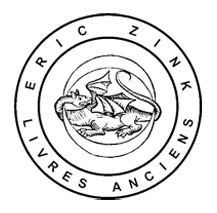

Physics
9000 €
5500 €
3000 €
10000 €
1500 €
3500 €
300 €
Sold
600 €
120 €
400 €
450 €
Sold
550 €
Sold
200 €
650 €
150 €
Sold
Sold
70 €
Sold
250 €
900 €
Sold
600 €
4000 €
Sold
950 €
150 €
European VAT number: FR87515091171
© Eric Zink, Antiquarian Bookseller















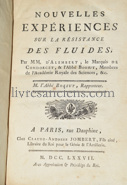

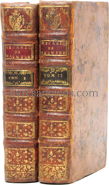
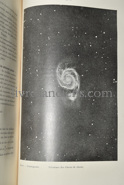


![Photo [LAMY, Dom Francois].](https://images.livresanciens.com/livres/203665/images/P3.jpg
)

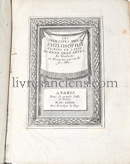
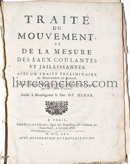

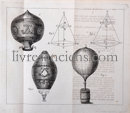

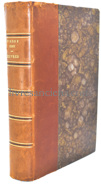




![Photo [MANUSCRIT].](https://images.livresanciens.com/livres/203449/images/P10.jpg
)




